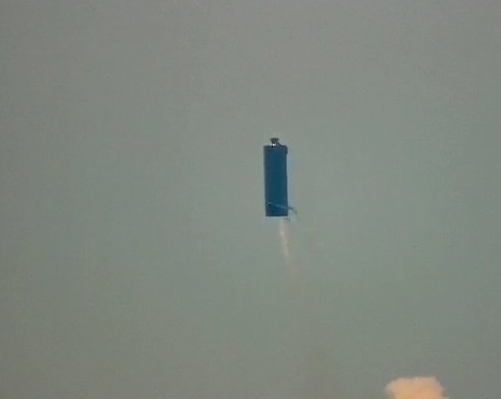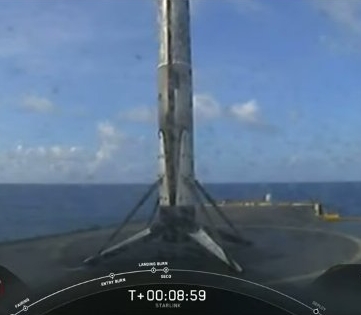State Dept employee destroyed evidence in Russian collusion hoax
Not only does it appear that almost all the sources for the Steele dossier — used by the Obama FBI and Justice Department to instigate spying operations on the Trump administration — were Russian, it now appears that, at the request of the dossier’s author a former State Department employee destroyed State Dept evidence relating to that dossier.
Earlier this year, the infamous dossier author Christopher Steele revealed he had destroyed nearly all the records detailing his dirt-digging on Donald Trump and Russia. “They no longer exist,” Steele told a British court.
Now comes word that Steele’s primary and longtime contact inside the Obama State Department, Jonathan Winer, also destroyed records of the former British MI6 agent’s contacts inside that federal agency, including many of the 100-plus unsolicited intelligence reports Steele provided the Obama administration. “I destroyed them, and I basically destroyed all the correspondence I had with him,” Winer is quoted as saying in a little noticed passage of the Senate Intelligence Committee’s final report on the Russia collusion scandal.
Winer apparently destroyed the records at Steele’s request, the report said. “After Steele’s memos were published in the press in January 2017, Steele asked Winer to make note of having them, then either destroy all the earlier reports Steele had sent the Department of State or return them to Steele, out of concern that someone would be able to reconstruct his source network,” the committee’s report released last month stated. [emphasis mine]
And why was Steele worried that his sources might be uncovered? Apparently they were all foreign, Russian or Ukrainian in nature, meaning that his dossier was actually an operation of enemies to the United States, which was then used by the Obama administration to foist the hoax that Trump was in collusion with Russia. Thus, it was Obama and his administration who were colluding with foreign powers, for their own political gain, not Trump. That collusion by Obama and his cronies even went so far as to destroy evidence.
Not only does it appear that almost all the sources for the Steele dossier — used by the Obama FBI and Justice Department to instigate spying operations on the Trump administration — were Russian, it now appears that, at the request of the dossier’s author a former State Department employee destroyed State Dept evidence relating to that dossier.
Earlier this year, the infamous dossier author Christopher Steele revealed he had destroyed nearly all the records detailing his dirt-digging on Donald Trump and Russia. “They no longer exist,” Steele told a British court.
Now comes word that Steele’s primary and longtime contact inside the Obama State Department, Jonathan Winer, also destroyed records of the former British MI6 agent’s contacts inside that federal agency, including many of the 100-plus unsolicited intelligence reports Steele provided the Obama administration. “I destroyed them, and I basically destroyed all the correspondence I had with him,” Winer is quoted as saying in a little noticed passage of the Senate Intelligence Committee’s final report on the Russia collusion scandal.
Winer apparently destroyed the records at Steele’s request, the report said. “After Steele’s memos were published in the press in January 2017, Steele asked Winer to make note of having them, then either destroy all the earlier reports Steele had sent the Department of State or return them to Steele, out of concern that someone would be able to reconstruct his source network,” the committee’s report released last month stated. [emphasis mine]
And why was Steele worried that his sources might be uncovered? Apparently they were all foreign, Russian or Ukrainian in nature, meaning that his dossier was actually an operation of enemies to the United States, which was then used by the Obama administration to foist the hoax that Trump was in collusion with Russia. Thus, it was Obama and his administration who were colluding with foreign powers, for their own political gain, not Trump. That collusion by Obama and his cronies even went so far as to destroy evidence.










